Skin diseases are a significant obstacle to a person’s full life. In addition to causing discomfort and pain, various manifestations on the skin are reflected in appearance, resulting in mental disorders. With the help of complex therapy and a competent approach, specialists manage to combat these unpleasant phenomena. This article provides information on how neurodermatitis is treated in adults.
What is neurodermatitis?
Neurodermatitis is a dermatological disease that becomes chronic over time. Pathological manifestations can begin in early childhood and bother the patient throughout his life. Relapses of this disease make themselves felt at any age and at different intervals.
According to the ICD, neurodermatitis is part of the group of allergic dermatoses and is considered the most common skin disease. More than 30% of patients who sought help at the hospital were registered.
Externally, the affected areas appear in the form of papules. These are flat, oval-shaped formations, accompanied by severe redness, blistering and unbearable itching. The skin at the affected sites becomes dry and begins to peel.
Adults suffer more from focal neurodermatitis. In this case, skin inflammations are localized in different places of the body. Lesions can affect the bends of the elbows and knees, the back of the head and the adjacent area of the neck. In men, the rash may appear around the anus and scrotum.
Diffuse rashes of neurodermatitis (atopic dermatitis) are characterized by more extensive areas of localization. They can spread to the skin of the face, neck, chest and curves. In medical reference books you can see photos of neurodermatitis at the stage of its exacerbation.
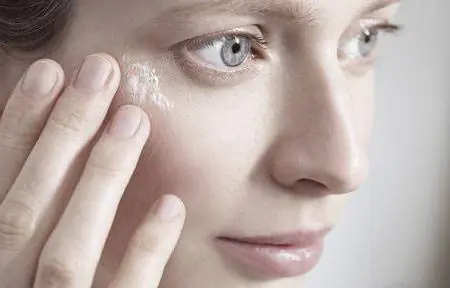
Forms of the disease
Depending on the location of the painful lesions, neurodermatitis is divided into the following types:
- Linear. The rash spreads to the scalp, legs, arms and flexure areas. It is difficult to treat because it becomes chronic over time. Treatment of neurodermatitis on the hands is complicated by the fact that the patient constantly has to expose the skin to contact with soap products. This increases pain, dries out the skin and promotes the formation of crusts.
- Limited. The name speaks for itself, since the lesions affect small areas of the skin. Places for their localization are such parts of the body as the groin, knees, thighs and genitals. A similar form of neurodermatitis on the legs is often found. The appearance of lesions is accompanied by severe irritation. After scratching such areas, the lesions take the form of papules and may become covered with scales. With this form of neurodermatitis, auxiliary measures to combat it are necessary - with the help of healing mud and electrophoresis. Ultrasound is used to treat lymph nodes.
- Diffuse. One of the most harmful skin diseases. In addition to the fact that it affects many parts of the body, it also affects the face. Rashes are observed on the eyelids and lips. They can also appear on the inner sides of the elbow and knee bends. Relief from such conditions is achieved through ultrasound sessions and physical therapy.
- Follicular. Characterized by rashes on areas of the skin with hair. The inflamed areas are reddish in color and often covered with a whitish coating. Its main location is the scalp under the hair. Against the background of such manifestations, many patients experience mental disorders.
- Psoriasiform. Affects the head and face area. Accompanied by constant itching. When such painful lesions occur on the head, partial baldness sometimes occurs. Dense red spots of this type of disease are characterized by scales similar to psoriasis.
- Hypertrophic. Affects the intimate parts of the body in both women and men. In the latter, the groin area is often affected. Treatment of hypertrophic neurodermatitis can be very problematic and is accompanied by nervous disorders in patients.
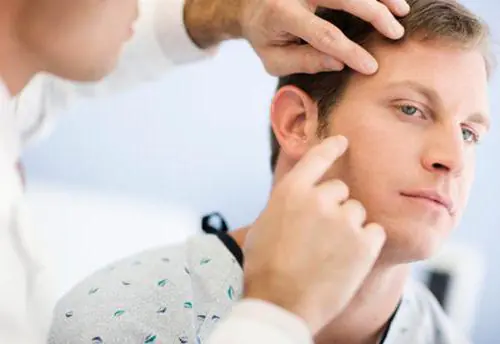
Causes
Doctors identify two main causes of this disease: endocrine disorders and a reaction to stress on the part of the nervous system. These factors are considered endogenous, since they provoke the onset of the disease from the inside.
The cause of rashes that appear under the influence of external factors (exogenous) is allergies. In this case, lesions on the skin are formed under the influence of antibodies from the outside. Manifestations caused by this factor may occur after skin contact with allergens to which the human immune system may be too sensitive.
According to some scientists, neurodermatitis is a hereditary disease, but this fact is not scientifically substantiated. However, many experts argue that a genetic factor is the main cause of this disease.
In addition, there are a number of factors contributing to the development of atopic dermatitis (neurodermatitis):
- nervous disorders;
- weakened immune system;
- disturbances in metabolic processes;
- chemical poisoning;
- malnutrition;
- prolonged stress;
- environmental pollution;
- excessive mental stress;
- heavy physical activity;
- predisposition to allergic diseases;
- bad habits.
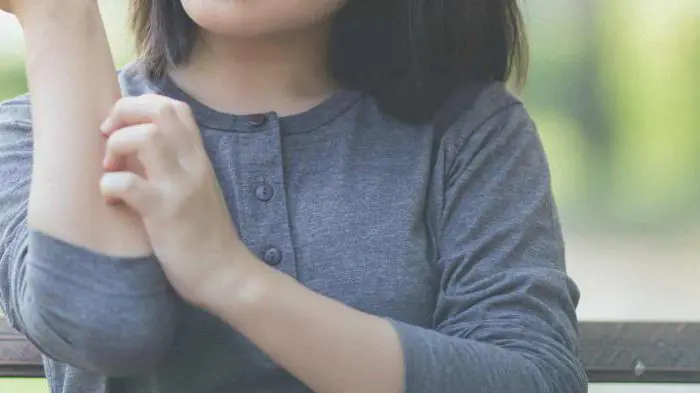
Symptoms
External symptomatic manifestations include the following:
- roughening of the skin in the affected areas;
- irritation accompanied by itching;
- redness;
- excessive dryness;
- skin peeling;
- the appearance of small dropsies that develop into ulcers;
- formation of wet crusts;
- hyperpigmentation;
- cracks.
Symptoms of neurodermatitis in adults are not limited to external signs. Skin disease affects many functions of the human body. As a rule, such people are prone to apathy, feel depressed and suffer from chronic fatigue. Sometimes the patient may not be left with an obsessive feeling of anxiety, resulting in disturbed sleep.
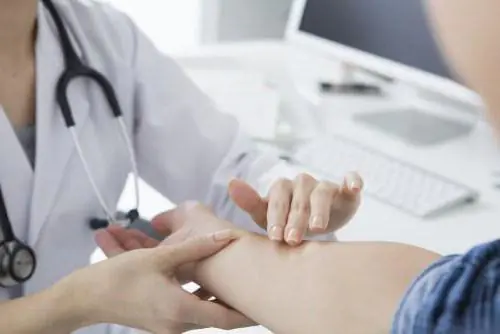
Treatment
During the discussion, it becomes clear that a disease such as neurodermatitis has several causes. Its symptoms are also quite varied and occur in different ways, which makes it difficult to combat. However, the good news is that with the help of a competent approach, medical workers are able to transfer the acute stage of the disease into a state of long-term remission, which significantly mitigates the pathological manifestations.
Experienced allergists and immunologists first try to identify the exact cause of the disease. This is the only way to choose the right treatment. The medication course is always aimed at eliminating the external source that serves as a provocateur of the disease. Therapy for skin diseases involves simultaneously combating cause and effect. This includes the use of ointments, mud baths, ultrasound sessions, taking specific medications, electrophoresis and traditional methods.
Treatment of neurodermatitis in adults should take place in a calm environment. It is good if it is inpatient, since the patient needs to be protected from unnecessary emotional worries. It is important to monitor your diet and practice good hygiene.
The treatment complex includes antihistamines that protect the body from allergens. They neutralize the effects of synthetic and various other substances that cause allergic reactions. Such drugs are: “Chlorpheniramine”, “Cetirizine”, “Loratadine”, “Promethazine”.
In most cases, treatment of neurodermatitis in adults is not complete without sedatives. A popular drug in this regard is Novo-Passit, as well as medications containing motherwort and valerian.
To normalize the functioning of the digestive organs, Linex, Festal, Pancreazim, and Hilak Forte are prescribed.
Immunomodulators are mandatory. The doctor selects medications for treatment depending on the degree of skin damage.
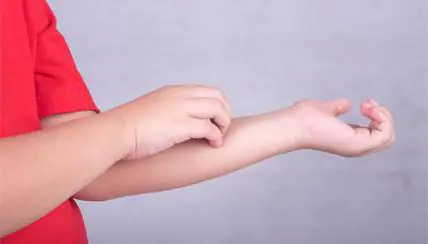
Local remedies are usually prescribed for a limited form of the disease. There is a wide selection of such drugs, but in each individual case they are selected individually. Of the glucocorticoid drugs, the doctor may prescribe Betamethasone, Fluticasone or Clobetasol. There is an effective ointment for neurodermatitis with naphthalan oil. Tar products and various cream-gels give good results. Dermovate cream helps to cope well with local symptoms. It quickly eliminates pain and burning. It is important to remember that you cannot buy ointment without a dermatologist's prescription. Self-medication will most likely aggravate the development of the disease rather than help fight it.
Physiotherapeutic procedures
Treatment of neurodermatitis involves taking hydrogen sulfide and radon baths, as well as ultraviolet irradiation. It is good to alternate such methods with medicinal herbs. Baths with decoctions of chamomile, string and oak bark have an anti-inflammatory effect.
After completing the procedures, painful lesions are lubricated with fatty oils, for example, olive. Sulfur and ichthyol ointments are used.
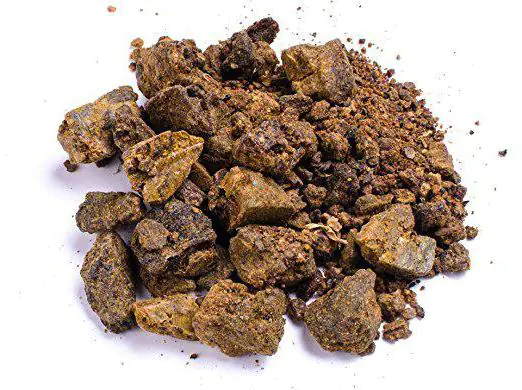
Treatment of neurodermatitis on the face
In addition to the common causes of atopic dermatitis, a rash on the face may appear due to the use of cosmetics or an allergy to animal hair. Even fur clothing or plant pollen can become an allergen.
As a rule, rashes in prominent places are accompanied by various complexes that can cause irreparable harm to mental health. Therefore, it is better not to delay the treatment of neurodermatitis on the face in adults.
- The medications prescribed are hormonal, antihistamine and sedatives.
- In most cases, experts consider it advisable to use sorbents. Activated carbon, Enterosgel and other similar agents are prescribed.
- Birch tar, zinc and dermatol agents are prescribed as ointments. To relieve irritation, you may need to use drugs - Flucinar and Elokom
- Physiotherapy is carried out using the following methods: ultrasound, selective phototherapy, ultraviolet light, electrosleep, hyperbaric oxygenation, laser therapy.
- Baths with the addition of salt and pine needles are used.
- Your doctor may prescribe additional products to prevent dry skin. During the period of remission, moisturizing creams must be used regularly. By the way, this also applies to skin care on the legs and arms. With atopic dermatitis, these parts of the body are more susceptible to external factors, and this leads to excessive dryness.
- Vitamin complexes must be included in the treatment. This is necessary to strengthen the immune system. The presence of vitamins such as A, B and E is especially important.
- Some benefits come from visiting spas and traveling to southern resorts.
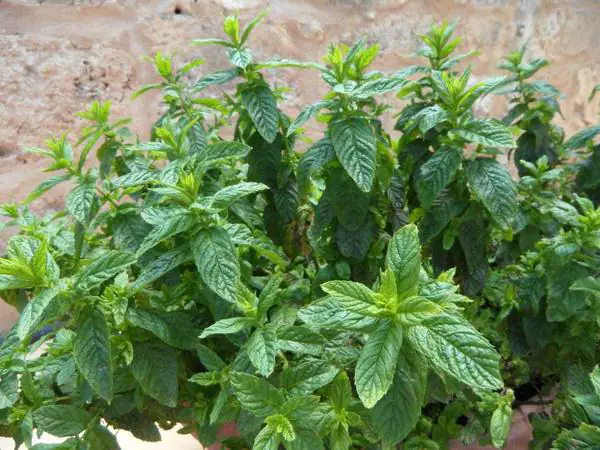
Nutrition and some recommendations
A diet for neurodermatitis involves avoiding all foods that cause allergies. These include: chocolate, bananas, nuts, citrus fruits, chicken eggs, honey. Smoked meats, coffee, strong tea and spicy foods are also excluded.
Red fruits and undiluted fresh juices can increase skin irritation. Preference is given to green apples, black currants, plums and other fruits.
It is recommended to consume milk soups and porridges, rabbit meat, turkey and beef. You can include some types of lean fish and fermented milk products in your diet.
Dried fruits and jelly can replace sweets and flour products.
It is better to cook, stew or bake in the oven. To prepare soups you need to use a second broth. Nutrition should be uniform - 3-5 meals per day.
During exacerbation of the disease, you should not drink alcohol.
Since personal hygiene for atopic dermatitis is of great importance, products such as creams, lotions, soaps and shampoos should be purchased in consultation with a specialist.
It is undesirable to wear clothes made of synthetic fabrics and pure wool. It is better to wash things with laundry soap.
It is necessary to wash your face and hands in warm water. After this, apply cosmetic milk or cream. This will help reduce dryness and flaking of the damaged areas. Well-moisturized skin feels less itchy and tight.
Traditional methods
At home, you can make an ointment for neurodermatitis based on Vaseline. It is combined with substances such as propolis or mumiyo in a ratio of 1:10. For this purpose, Vaseline is heated to a liquid state, mixed with one of the above components and cooled.
After using such folk remedies, neurodermatitis goes into remission much faster. Shilajit has an antimicrobial effect and eliminates pain. Propolis is an excellent analgesic and takes an active part in the regeneration of affected cells.
Ointments should be rubbed in with very light movements. You can also apply them to a sterile bandage and cover the affected areas with them.
It is good to use blue clay masks with added salt. It is applied to the lesions and kept until completely dry.
Herbal lotions are effective in treating neurodermatitis in adults. To relieve inflammation, infusions are prepared strong. Add 15 tablespoons of dry herbs to 1 liter of boiled water. They are poured with boiling water and left for about 10 hours. To prepare such a remedy, you need the following plants: chamomile, mint, marshmallow root, string, juniper, thyme, oregano, St. John's wort.
It should be remembered that traditional methods are not a panacea for the disease. Although their use does occur, they still play a supporting role in complex treatment.
Finally
Having received specific information about neurodermatitis (photos of symptoms in the article) and studied it carefully, you can draw certain conclusions. However, this does not mean that you need to make a diagnosis yourself. The final word should remain with the attending physician. A specialist must prescribe qualified treatment and monitor the progress of this process.
An allergic disease that occurs as a reaction to external irritants can manifest itself in the form of unpleasant symptoms that bring discomfort. Treatment of neurodermatitis in adults is aimed at eliminating the rash, relieving itching and redness, and cleansing the body. Therapy involves complex measures and should be carried out under the supervision of a doctor, since it is necessary to get rid of not only the symptoms, but also the causes of the disease.
What is neurodermatitis
The disease neurodermatitis is a chronic disease of the skin, the symptoms of which are similar to those of atopic dermatitis. It occurs due to negative changes in the endocrine and nervous system of an adult. Many scientists are inclined to believe that neurodermatitis may be hereditary, but this fact has not been confirmed. People with hormonal or nervous disorders are at risk. For the disease to worsen, you only need an irritating factor. Often this condition in adults is stress or increased load on the body's systems.
Types of neurodermatitis
The classification of neurodermatitis is based on the prevalence of symptoms of the disease:
- Focal neurodermatitis - this type is typical for adults. The rash and other symptoms are concentrated in several locations. The bends of the knees and elbows, the back of the head, and the back of the neck are affected. The rash can occur in the anus, scrotum and inner thighs. If we consider gender, then adult men are more susceptible to this variant of neurodermatitis.
- Diffuse - can appear in a person of any age category. It is characterized by a wide area of distribution, which includes the chest, neck, face and skin at the bends of the joints.
Based on the location of the lesions, neurodermatitis is divided into the following forms:
- linear – located on the bends of the limbs;
- follicular - found on the hairy parts of the skin;
- hypertrophic – diagnosed if the manifestations are localized in the groin area;
- psoriasiform - occurs in adults on the surface of the head and neck.
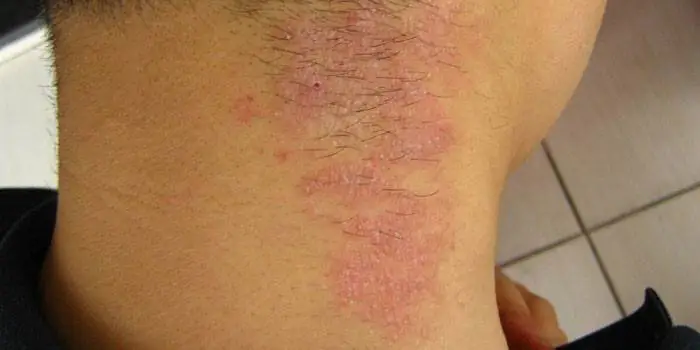
Signs of neurodermatitis
The main symptoms of neurodermatitis in adults have an external manifestation. A rash forms on the skin and redness occurs. These signs are accompanied by dry skin, itching and burning. Rashes in adults can have varying degrees of distribution. The most vulnerable areas of the skin are: neck, bends of limbs, face, torso, head, back, hands. At an early stage of its development, neurodermatitis provokes severe skin sensitivity, which is caused by irritation.
Rashes with neurodermatosis look like papules - bubbles with liquid form on the top of small pimples. If there is no treatment and the disease lasts for a long time, small drops of water burst, forming ulcers, which are subsequently covered with crusts. Itching and burning sensations cause severe discomfort to a sick adult and can cause insomnia.
Neurodermatitis in adults is closely related to instability of the nervous system, so patients may experience the following symptoms:
- feeling of anxiety;
- irritability;
- depression;
- fast fatiguability;
- lethargy and apathy;
- excessive emotionality;
- tearfulness;
- sleep disorders.
Causes of the disease
Experts identify several risk factors that can lead to the development of the disease in adults. However, a reaction in the form of allergic manifestations does not occur in all people predisposed to this. Possible causes of neurodermatitis in adults:
- professional factors;
- bad habits (smoking, alcohol);
- tension associated with prolonged mental or physical stress;
- entry of toxic substances into the body;
- avitaminosis;
- hereditary predisposition;
- improperly organized nutrition;
- stressful situations, emotional stress;
- diseases affecting the gastrointestinal tract;
- contact with allergens that cause neurodermatitis (foods, cosmetics, household chemicals, medications, animal hair).
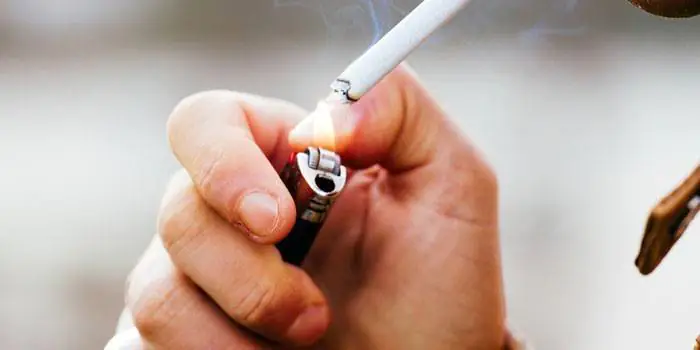
Treatment of neurodermatitis in adults
The mechanism of how to treat neurodermatitis in adults is a complex measure. The process can be carried out on an outpatient basis; hospitalization is required only in severe cases. A favorable prognosis for neurodermatitis in adults is established in most cases. A limited type of disease is easily treatable. Experts use the following methods to cure neurodermatitis forever:
- providing the patient with appropriate care, which includes regular nutrition, feasible physical activity, timely rest and sleep;
- hypoallergenic diet;
- vitamin therapy;
- the use of local drugs that relieve itching and inflammation;
- in severe cases of neurodermatitis, hormone therapy is prescribed;
- the use of antihistamines to relieve the effects of allergens;
- the use of drugs that stabilize the nervous system;
- physiotherapy.
Local treatment with drugs
In addition to tablets that are taken orally, you should use an ointment for neurodermatitis. Such remedies have a local effect and help relieve the symptoms of the disease. Doctors can prescribe 2 types of drugs for adults:
Ointments with glucocorticoids should be used by adults under the supervision of a specialist, as they can cause side effects. Apply the product in a thin layer without rubbing. Therapy with such drugs for neurodermatitis should be carried out once a day. Local medications help stabilize hormonal levels and prevent relapse of the disease in adults. Doctors prescribe the following drugs: Dermovate, Cyclocort, Akriderm GK, Chalcinonide cream for neurodermatitis.
Non-hormonal ointments for neurodermatitis in adults help reduce the severity of symptoms. Such products relieve itching, soften the skin, dry out pimples, and have an anti-inflammatory effect. Popular non-hormonal drugs are:
- Naftaderm - a medicine for neurodermatitis in adults eliminates inflammation, reduces itching, and heals the skin.
- Radevit – starts the process of tissue regeneration, contains vitamins.
- Gistan - used to relieve itching and prevent neurodermatitis and atopic dermatitis in adults.
- Desitin – contains zinc oxide, which has anti-inflammatory and antiseptic properties.

Physiotherapeutic procedures
The phototherapy procedure, pine or salt baths and phototherapy for neurodermatitis in adults are one of the important components of complex treatment. Physiotherapy is recommended after the end of the exacerbation period; its course is up to 15 sessions. To calm the nervous system, suggestive therapy and electrosleep are recommended for adults. If neurodermatitis is limited, doctors may prescribe the use of electrophoresis and mud wraps. Staying in sanatoriums and resorts has a positive effect on the health of adult patients.
Diet
Proper nutrition for neurodermatitis in adults involves avoiding foods that contain large amounts of carbohydrates, salt, and the use of seasonings. During the acute period, it is forbidden to eat food containing allergens and harmful substances:
- meat and fish of fatty varieties;
- food with added artificial flavors and colors;
- seafood;
- citrus;
- eggs;
- chocolate;
- whole milk.
Drinking clean water will be a useful dietary habit - adults need to drink at least 2 liters of it per day. The diet for neurodermatitis should be based on certain products:
- fresh vegetables and fruits;
- low fat fermented milk products without additives;
- dietary varieties of boiled meat;
- porridge;
- low-fat broths;
- drinks: rosehip decoction, green tea, compote, mineral water.

Treatment of neurodermatitis at home
In most cases, neurodermatitis is treated at home. Hospital therapy is indicated only in severe cases of the disease in adults. At home you can use natural folk remedies and medications. Medicines, especially hormonal ones, should be selected by a doctor individually. If you notice symptoms of neurodermatitis, be sure to go to the hospital to determine the cause of the disease.
ethnoscience
Traditional methods of treatment will help eliminate neurodermatitis:
- Baths with wormwood have antibacterial properties, prevent the development of inflammatory processes, and heal skin with neurodermatitis. First you need to make an infusion: pour 1 liter of boiling water over a glass of dry herb, cook for 10 minutes. over low heat. Leave the prepared liquid for half an hour, then pour it into the bath. The therapeutic agent should act on the body of an adult within 15 minutes.
- Homemade ointment will help eliminate focal neurodermatitis. To make it, grind propolis and mix it with lanolin melted in a water bath. Apply the resulting preparation to areas affected by neurodermatitis.
- Constant itching due to neurodermatitis often causes nervous disorders in adults; to calm down, make a special infusion. Take equal parts of angelica leaves, lemon balm, burdock and valerian roots, and violet flowers. Mix all ingredients well. 2 tbsp. l. collection, pour 0.5 liters of boiling water, leave in a thermos for about 10 hours. Adults should drink the resulting drink 50 ml after meals, after filtering.
Preventive methods
Adults at risk need prevention of neurodermatitis. To prevent illness, use the following recommendations:
- create a healthy menu, eliminating allergens;
- choose clothes made from fabrics of natural origin;
- play sports, do exercises;
- with neurodermatitis, it is important for adults to monitor the state of their immunity;
- eliminate frequent stress and overwork;
- Do not use cosmetics with aggressive ingredients if you have neurodermatitis.

The content of the article
Among the most common and widely known skin diseases, neurodermatitis occupies a special place, primarily due to its little-studied nature. Different researchers have different views on the causes of the disease, but there is no doubt that the mechanism of its development is based on a combination of factors of an allergic and neurological nature. In other words, neurodermatitis occurs as a result of a malfunction of the nervous system, on the one hand, and as a result of an allergic reaction, on the other.
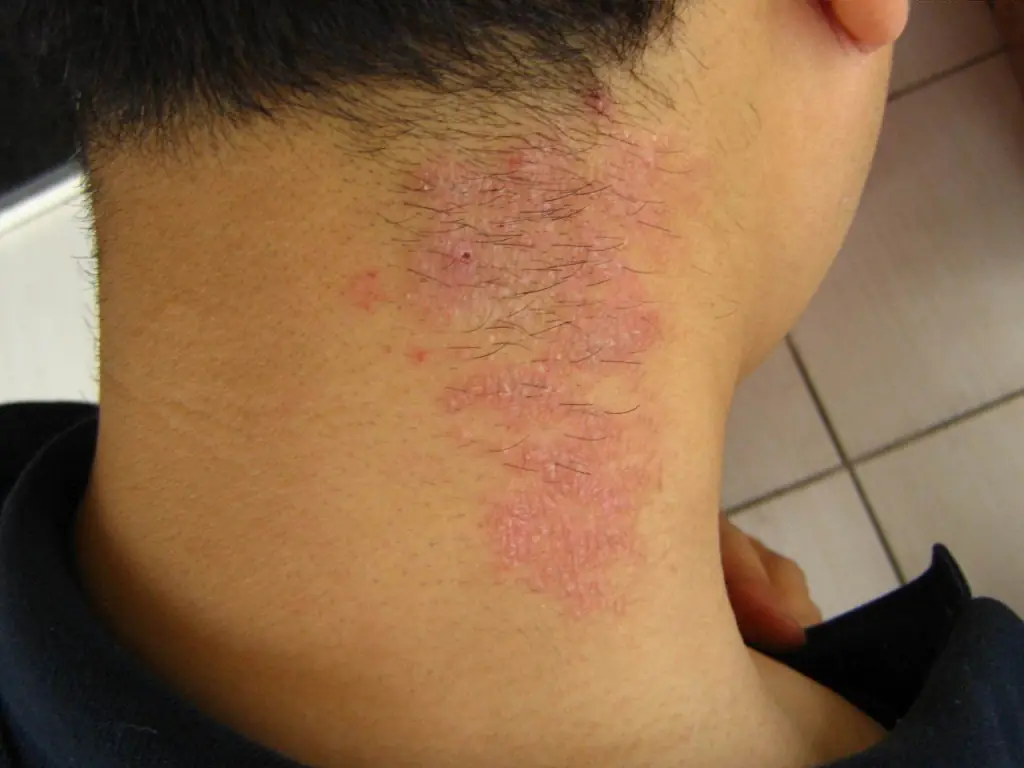
What are the main causes of neurodermatitis in adults?
Allergic reactions are essentially an abnormal immune response to a particular irritant - a food product, a chemical, pollen. Due to insufficient development of the immune system, children at an early age are especially susceptible to allergies and, consequently, neurodermatitis. However, adult patients also suffer from this disease. Often, neurodermatitis in adults manifests itself at an early age, eventually turning into a chronic form with periodic exacerbations, which usually occur in the autumn or winter. This is primarily due to seasonal vitamin deficiency and depletion of the body.

Neurodermatitis often appears at an early age
Causes of neurodermatitis in adults
One of the most important causes of neurodermatitis, according to most researchers, is a genetic predisposition to atopic diseases. A factor that increases the risk of developing the disease is a history of other allergic diseases, for example, bronchial asthma, allergic rhinitis and others. The same applies to patients whose close relatives suffered from atopic dermatitis or other diseases associated with abnormal allergic reactions.
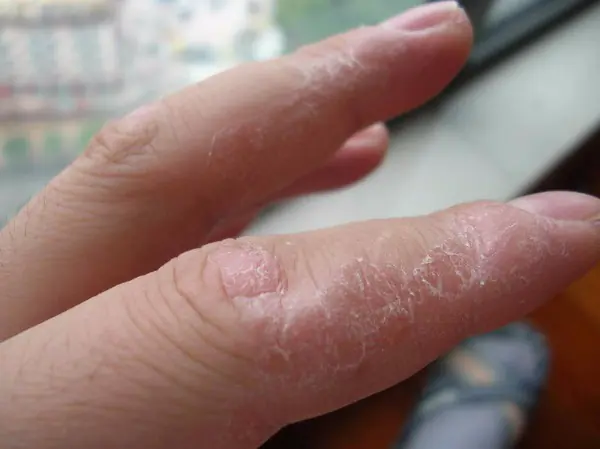
Neurodermatitis can be a result of stress
A number of scientists believe that in the mechanism of development of neurodermatitis in adults, dysfunction of the nervous system plays an equally important role, leading to the appearance of severe skin itching and disorders of adaptation mechanisms, which determine the body’s unusual reaction to irritants. That is why rashes, itching and other manifestations of neurodermatitis often occur after periods of intense psychological and emotional stress, during which the nervous system experiences extreme stress.
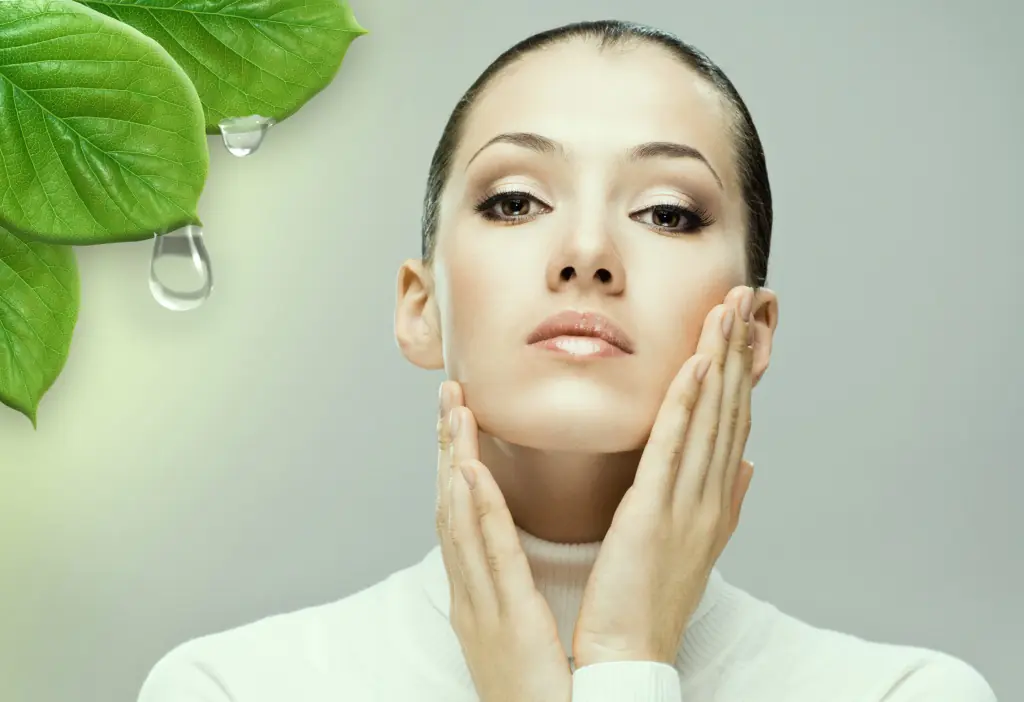
Treatment of neurodermatitis in adults
In adults, the development of neurodermatitis is often associated with various somatic diseases: disorders of the digestive and gastrointestinal tract, chronic infectious diseases, hormonal disorders. Women often encounter this disease during pregnancy and lactation, menopause, when significant shifts and changes occur in the functioning of the hormonal system.
Finally, the last group of factors consists of various violations of a healthy lifestyle, leading to a weakening of the body’s defenses, decreased immunity and disorders in the functioning of internal organs. Failure to adhere to a daily routine, overwork, hypothermia, poor diet, alcohol and nicotine abuse - all this affects skin health and increases the risk of developing skin diseases. This is why it is so important to maintain the general condition of the body and adhere to a special menu for neurodermatitis in adults.
Video: neurodermatitis
The VERTEX company is not responsible for the accuracy of the information presented in this video clip. Source - Doctor I
Diet for neurodermatitis in adults
The main principle of creating a diet for patients with neurodermatitis is to eliminate from the diet foods that contribute to the development of allergic reactions. These primarily include:
- Citrus fruits, grapes
- Sea fish
- Chicken eggs
- Bananas
- Cocoa and chocolate
- Cow's milk (whole)
- Nuts
- Spinach
- Honey
You should also limit or completely avoid foods that contain biogenic amines, substances that often provoke symptoms such as itching, redness and swelling. Bananas, strawberries, tomatoes, seafood, as well as pickled and pickled canned food contain a large amount of amines of biogenic origin.
Histamine is another hormone that can trigger the development of an allergic reaction. Its production is stimulated by the consumption of seasonings and alcoholic beverages, spices, soy, as well as industrial products containing large amounts of dyes, stabilizers and preservatives.
Nutrition for adult neurodermatitis should not include nitrogen-containing foods: beans, smoked meats, lentils, sorrel, strong tea, Brussels sprouts, cocoa, coffee. You should also exclude from your diet foods that cause irritation to the gastrointestinal tract: horseradish, spices, mustard, vinegar, radish.
In addition to well-known food allergens, the cause of neurodermatitis in an adult can also be one of the products that causes individual intolerance. To identify such products throughout the entire period of the disease, the patient is recommended to keep a food diary, in which the body’s reaction to a particular type of food should be recorded.
Signs of neurodermatitis in adults
The main symptoms of the disease are associated with skin manifestations, namely the occurrence of itching, burning, rash and redness on the surface of the skin. Redness and rashes can appear locally, in limited areas of the skin, for example, on the face, head and neck, legs, back, torso, and hands. Rash and redness especially often occur on sensitive areas of the skin: elbows and knees, back of the hand, joints, around the eyes and mouth. There is also a disseminated form of the disease, in which the rash and redness cover almost the entire body of the patient.
At the onset of the disease, the patient usually experiences severe itching and burning on the affected area of the skin; The skin can become extremely sensitive and even painful due to irritation, which often occurs during washing, bathing, and using towels. Itching causes severe discomfort in the patient, which often intensifies in the evening and at night and can cause insomnia.
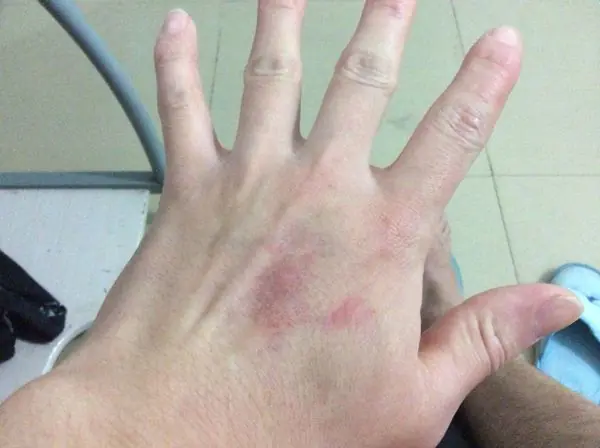
Papular rash with neurodermatitis
The rash that occurs with neurodermatitis in an adult usually takes the form of papules - small blisters. A papular rash can cover large areas of the body and, over a long period of time, resolves with the formation of small ulcers that are gradually covered with crusts. The appearance of the rash is accompanied by severe redness of the skin, which is often aggravated by scratching the itchy rash.
A characteristic feature of neurodermatitis is its close relationship with neuropsychic manifestations. Patients suffering from this disease in many cases experience anxiety, restlessness and irritability, which are replaced by apathy, lethargy and fatigue, excessive emotionality or tearfulness, and insomnia.
How to treat neurodermatitis in adults?
The first step towards getting rid of this disease should be identifying the allergen. For this purpose, skin tests are performed using various allergens. Patients must adhere to a hypoallergenic diet and avoid any other contact with substances and factors that cause an allergic reaction.
For neurodermatitis in adults, ointments containing corticosteroids are used, as well as other external agents, in particular those with an antiseptic and disinfecting effect. This is necessary to prevent secondary skin infection. Ointments with painkillers and steroids are applied to the skin to eliminate unpleasant symptoms. Antihistamines such as Suprastin or Diazolin also help get rid of redness, pain and itching.
An important element of the complex treatment of neurodermatitis in adults is the use of sorbents - drugs that help cleanse the body of toxins. The simplest sorbent is, for example, activated carbon.
Special cosmetics also help speed up recovery and eliminate unpleasant symptoms, but when choosing them, it is necessary to take into account the ability of individual components of cosmetics to cause allergies. To treat neurodermatitis, it is better to resort to hypoallergenic products, such as La-Cri cosmetics. The series produces gel, cream and cleansing emulsion that will help cleanse the skin and saturate it with the nutrients necessary to restore the normal, healthy state of the skin.



